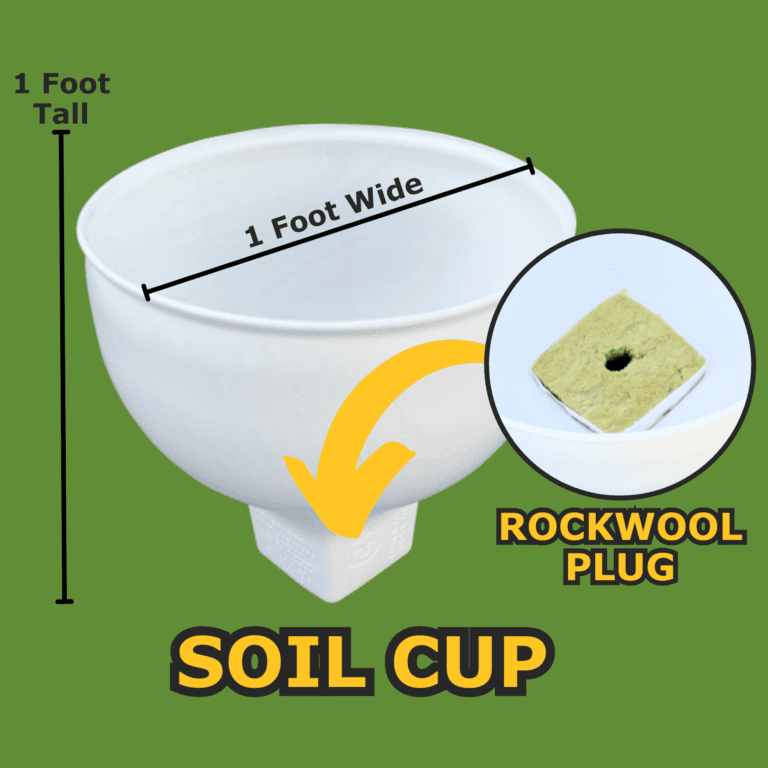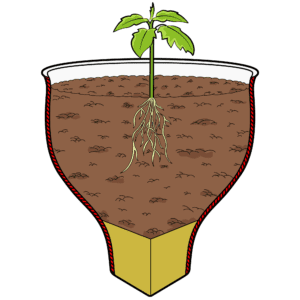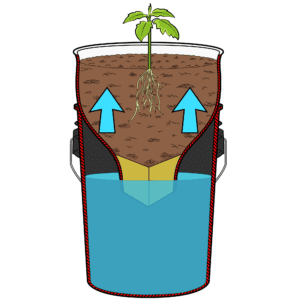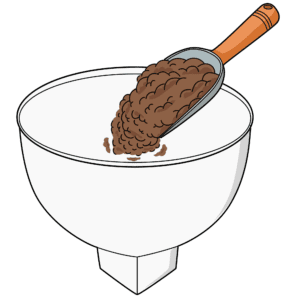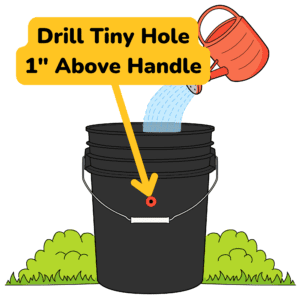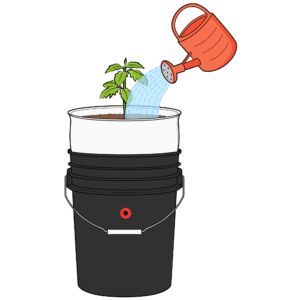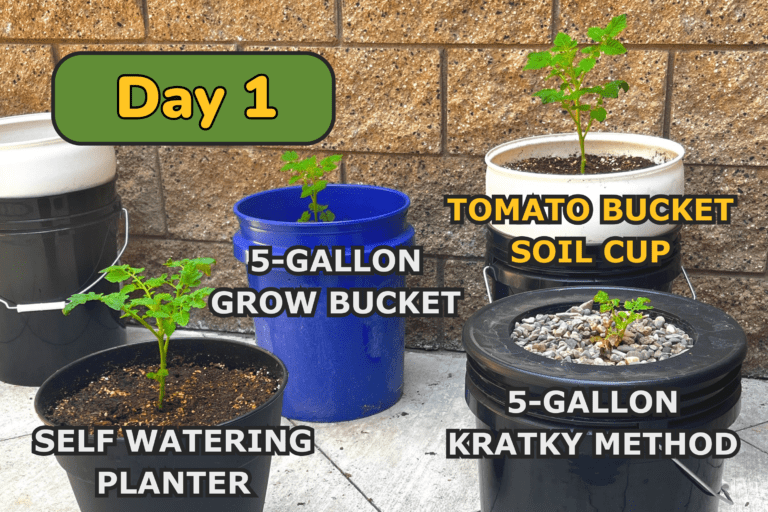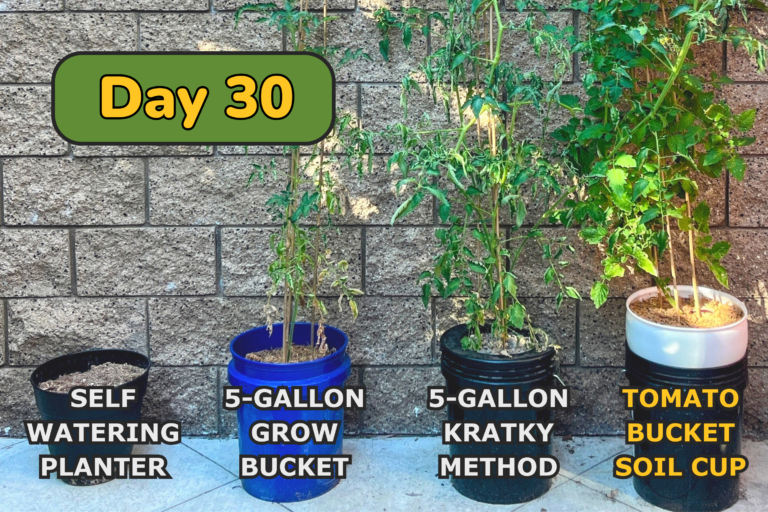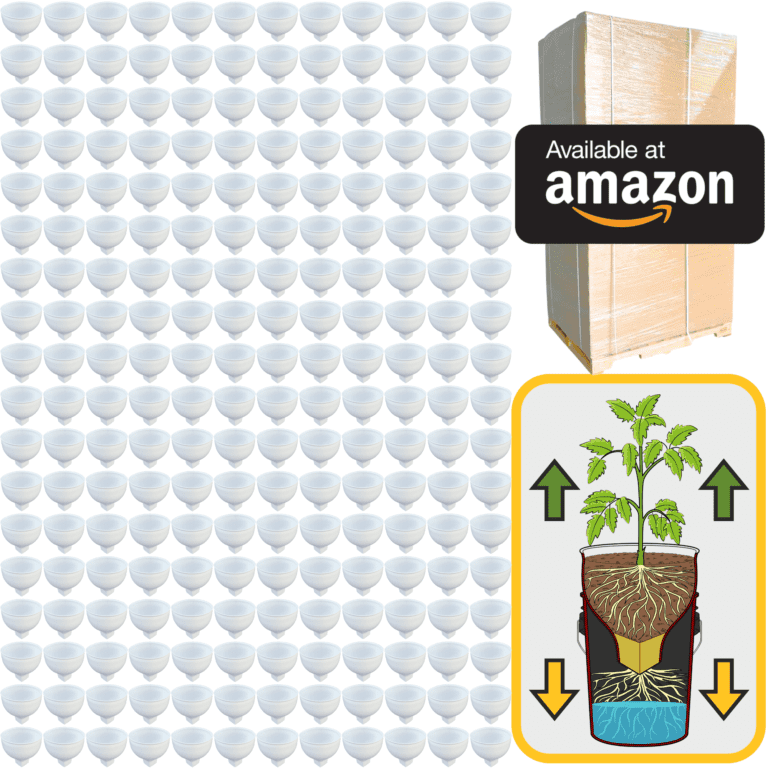Number 10: Radishes: The Fast-Track to Flavorful Harvests
Radishes are a fantastic choice for the spring garden, especially in Zone 4, where their quick growth makes them perfect for eager gardeners. You can expect to harvest these crunchy roots in just three to four weeks after sowing. They thrive in full sun, but partial shade can help keep them cool as temperatures rise. Watering is crucial, as radishes need consistently moist soil to develop their sweet, crisp flavor.
These little gems prefer well-draining, loamy soil, enriched with organic matter to ensure healthy growth. A light application of balanced fertilizer can give them the boost they need. Ideal temperatures for radish growth range from 50°F to 70°F. Watch out for pests like aphids and flea beetles; floating row covers can be a great defense. When it comes to spacing, plant your seeds about an inch apart and thin them out as needed to avoid crowding. No pruning is necessary, but adding mulch can help retain moisture and suppress weeds. Harvest your radishes once they reach about an inch in diameter, and consider companion planting with carrots or cucumbers to maximize your garden’s productivity.
Number 9: Spinach: Nutrient-Packed Greens for Every Salad
Spinach is another excellent spring vegetable for Zone 4, offering a nutrient-dense addition to your meals. Expect to start harvesting spinach leaves around 6 to 8 weeks after planting. This leafy green loves full sun but appreciates some afternoon shade as the days warm up. Watering should be regular to maintain moisture, as spinach is sensitive to drought.
For the best results, grow spinach in rich, well-drained soil with a pH of 6.0 to 7.0. Adding compost can enhance soil quality and fertility. A balanced fertilizer every few weeks will keep your spinach healthy and thriving. Spinach prefers cooler temperatures, ideally between 45°F and 75°F, so it’s perfect for the early spring. Pests like leaf miners and aphids can be a nuisance, so consider using organic pest control methods. Space your seeds about 2 to 4 inches apart, and you can start harvesting leaves as soon as they reach a good size. Mulching helps maintain moisture levels, and companion planting with strawberries or radishes can create a harmonious garden environment.
Number 8: Lettuce: Crisp and Refreshing for Spring Salads
Lettuce is a spring favorite that grows beautifully in Zone Number 4: You can expect to begin harvesting your lettuce about 6 to 8 weeks after sowing, which is perfect for those craving fresh greens. Lettuce thrives in full sun but can benefit from some shade during hotter days. It’s essential to keep the soil consistently moist, as lettuce is prone to wilting if it dries out.
For soil, aim for rich, well-draining earth with plenty of organic matter. A light application of fertilizer high in nitrogen can support healthy leaf growth. Lettuce prefers cooler temperatures, typically between 60°F and 70°F. Keep an eye out for pests like slugs and aphids; hand-picking or using traps can help manage these. Space your seeds about 12 inches apart to allow for ample growth. Pruning isn’t necessary, but regular harvesting of outer leaves encourages continued production. Adding mulch can help keep the soil moist and weed-free, while companion planting with carrots or onions can enhance your lettuce’s flavor and growth.
Number 7: Peas: Sweet and Tender Delights
Peas are a delightful addition to your spring garden in Zone 4, known for their sweet, tender pods. You can expect to harvest peas about 60 to 70 days after planting, making them a rewarding crop. Peas thrive in full sun but can also benefit from some shade as temperatures increase. Watering should be consistent, especially during dry spells, to keep the plants healthy.
These little wonders prefer well-drained, fertile soil, so incorporating compost before planting is beneficial. Fertilization should focus on a balanced mix to support overall growth. Ideal temperatures for peas are between 55°F and 70°F. Be vigilant about pests such as aphids and pea weevils; row covers can provide a protective barrier. Space your pea seeds about 1 to 2 inches apart, and support them with trellises or stakes, as they love to climb. Pruning is minimal, but regular harvesting of pods will encourage the plants to produce more. Mulching helps retain soil moisture and suppress weeds, and companion planting with carrots or radishes can lead to a thriving garden ecosystem.
Number 6: Kale: A Superfood for Your Spring Garden
Kale is a powerhouse of nutrition and thrives in the cool temperatures of Zone Number 4: You can start harvesting kale leaves approximately 55 to 75 days after planting. This leafy green enjoys full sun but can also thrive in partial shade, especially as the weather warms. Regular watering is essential to keep the soil consistently moist.
Kale prefers rich, well-draining soil, so mix in plenty of organic matter. Fertilizing with a nitrogen-rich option will support robust leaf growth. Ideal temperatures for kale are between 60°F and 70°F. Be sure to monitor for pests like aphids and cabbage worms; using row covers or organic pest control can help manage them. Space your kale plants about 12 to 18 inches apart to allow for healthy growth. Pruning isn’t necessary, but regular harvesting of outer leaves encourages new growth. Mulching can help retain moisture and suppress weeds, while companion planting with beets or onions can enhance their growth and flavor.
Number 5: Carrots: Crunchy and Colorful Harvests
Carrots are a beloved root vegetable that thrives beautifully in Zone Number 4: Expect to harvest your carrots about 70 to 80 days after sowing, with their sweetness increasing as they mature. Carrots enjoy full sun and need consistently moist soil to develop their sweet, crunchy texture.
They thrive in well-drained, sandy soil, so be sure to loosen your soil to encourage healthy root development. A light application of fertilizer focusing on phosphorus and potassium will support robust growth. Ideal temperatures for growing carrots range from 50°F to 75°F. Watch for pests like carrot flies and nematodes; using floating row covers can help deter them. Space your carrot seeds about 2 to 4 inches apart, and once they sprout, thin them out to avoid overcrowding. No pruning is necessary, but regular mulching can help retain soil moisture and suppress weeds. Companion planting with onions or leeks can deter pests and enhance your carrot crop.
Number 4: Beets: Earthy Sweetness in Every Bite
Beets are a versatile spring vegetable that thrives in Zone 4, offering both delicious roots and nutritious greens. You can expect to harvest beets approximately 55 to 70 days after planting. Beets enjoy full sun but can tolerate some shade, especially as temperatures rise. Watering should be consistent to keep the soil moist but not soggy.
For optimal growth, beets prefer rich, well-drained soil with plenty of organic matter. A balanced fertilizer can enhance growth, particularly one high in potassium and phosphorus. Ideal temperatures for beets range from 50°F to 85°F. Watch for pests like aphids and leaf miners; a careful inspection and natural pesticides can help keep them at bay. Space beet seeds about 3 to 4 inches apart for proper bulb development. Pruning isn’t necessary, but thinning is essential to prevent overcrowding. Mulching can help regulate soil temperature and retain moisture, while companion planting with onions or garlic can deter pests.
Number 3: Broccoli: A Nutritional Powerhouse
Broccoli is a nutrient-rich vegetable that thrives in the cooler temperatures of Zone Number 4: You can expect to harvest broccoli about 70 to 100 days after planting, depending on the variety. Broccoli enjoys full sun but benefits from some afternoon shade as the days warm up. Regular watering is crucial to keep the soil evenly moist.
For optimal growth, the soil should be rich in organic matter and well-drained. Fertilizing with a nitrogen-rich option will support leafy development. Broccoli thrives in temperatures between 60°F and 70°F. Be vigilant about pests like cabbage worms and aphids; using organic pesticides or row covers can be effective. Space your broccoli plants about 18 to 24 inches apart for proper growth. Pruning is minimal, but harvesting the main head encourages side shoots. Mulching helps retain moisture and suppress weeds, while companion planting with garlic or dill can enhance flavor and deter pests.
Number 2: Potatoes: The Heart of the Garden
Potatoes are a beloved crop that thrives beautifully in Zone Number 4: You can expect to harvest potatoes about 70 to 90 days after planting, depending on the variety. They prefer full sun and need consistent watering to keep the soil moist, especially during tuber development.
Potatoes flourish in well-drained, loose soil, so incorporating compost is beneficial. Fertilizing should focus on potassium and phosphorus to support healthy tuber growth. Ideal growing temperatures range from 60°F to 70°F. Watch for pests such as Colorado potato beetles and aphids; using row covers can provide protection. Space your seed potatoes about 12 inches apart in rows that are 2 to 3 feet apart. No pruning is needed, but regular hilling can promote tuber growth. Mulching can help retain moisture and suppress weeds, while companion planting with beans can deter pests and promote healthy growth.
Number 1: Tomatoes: The Crown Jewel of the Spring Garden
Tomatoes are often the star of the spring garden, especially in Zone 4, where they thrive in warmer weather. You can begin harvesting tomatoes about 70 to 100 days after transplanting, depending on the variety. They require full sun for at least 6 to 8 hours daily and should be watered deeply and consistently to keep the soil evenly moist.
For tomatoes, soil quality is crucial; they prefer rich, loamy soil with excellent drainage. Incorporating compost is a great way to enhance soil fertility. Fertilize with a balanced option when planting, then switch to a low-nitrogen fertilizer once the plants start to set fruit. Ideal temperatures for tomato growth are between 70°F and 85°F. Keep an eye out for pests such as aphids, whiteflies, and hornworms; introducing beneficial insects like ladybugs can help manage these pests. Space your tomato plants about 24 to 36 inches apart, and provide support structures like cages or stakes to keep them upright. Pruning suckers can encourage better air circulation and fruit production, while mulching helps retain soil moisture and suppress weeds. Companion planting with basil or marigolds can enhance growth and deter pests, making your garden a vibrant and productive haven.
Gardening in Zone 4 can be incredibly rewarding, especially when you choose the right plants for your space. Each of these crops brings its own unique benefits and flavors to your table, creating a bountiful and satisfying spring garden. Happy gardening!

